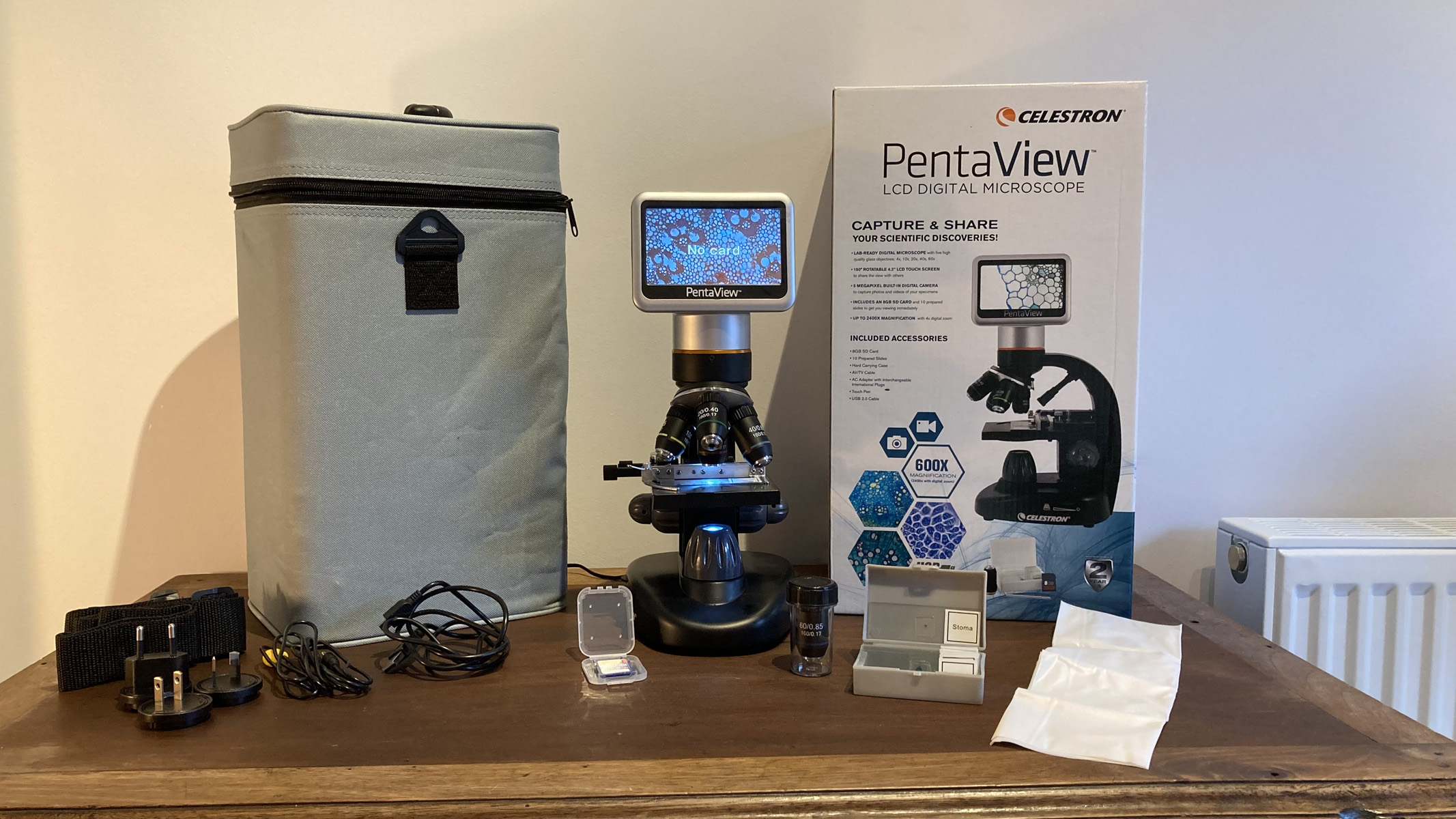Remote Sensing, Vol. 16, Pages 4771: Present-Day Tectonic Deformation Characteristics of the Northeastern Pamir Margin Constrained by InSAR and GPS Observations
Remote Sensing doi: 10.3390/rs16244771
Authors: Junjie Zhang Xiaogang Song Donglin Wu Xinjian Shan
The Pamir is located on the northwestern margin of the Tibetan Plateau, which is an area of intense continental deformation and part of the famous India–Himalaya collision zone. The dominant structural deformation in the eastern Pamir is characterized by a 250 km long east–west extensional fault system, known as the Kongur Shan extensional system (KSES), which has developed a series of faults with different orientations and characteristics, resulting in highly complex structural deformation and lacking sufficient geodetic constraints. We collected Sentinel-1 SAR data from December 2016 to March 2023, obtained high-resolution ascending and descending LOS velocities and 3D deformation fields, and combined them with GPS data to constrain the current motion characteristics of the northeastern Pamirs for the first time. Based on the two-dimensional screw dislocation model and using the Bayesian Markov chain Monte Carlo (MCMC) inversion method, the kinematic parameters of the fault were calculated, revealing the fault kinematic characteristics in this region. Our results demonstrate that the present-day deformation of the KSES is dominated by nearly E–W extension, with maximum extensional motion concentrated in its central segment, reaching peak extension rates of ~7.59 mm/yr corresponding to the Kongur Shan. The right-lateral Muji fault at the northern end exhibits equivalent rates of extensional motion with a relatively shallow locking depth. The strike-slip rate along the Muji fault gradually increases from west to east, ranging approximately between 4 and 6 mm/yr, significantly influenced by the eastern normal fault. The Tahman fault (TKF) at the southernmost end of the KSES shows an extension rate of ~1.5 mm/yr accompanied by minor strike-slip motion. The Kashi anticline is approaching stability, while the Mushi anticline along the eastern Pamir frontal thrust (PFT) remains active with continuous uplift at ~2 mm/yr, indicating that deformation along the Tarim Basin–Tian Shan boundary has propagated southward from the South Tian Shan thrust (STST). Overall, this study demonstrates the effectiveness of integrated InSAR and GPS data in constraining contemporary deformation patterns along the northeastern Pamir margin, contributing to our understanding of the region’s tectonic characteristics.

 17 hours ago
20
17 hours ago
20


